Edible and inedible ryadovki: description, main differences.
Contents
- Mushrooms ryadovki edible and poisonous: how to distinguish?
- Mushrooms of the rowing-room - purple, earthy, scaly, tiger, green green, smoky, soap, red, brown, yellow-gray, fused, golden, poplar, pigeon, common green-yellow, mouse, spotted: description, photo
- Conditional-edible
- Edible
- Toxic
- Inedible
- Toxic mushrooms of the riot: white
- Gray gray edible and poisonous row: how to distinguish?
- Video: Mushroom double or false. How to recognize the gray guys, males?
- Video: Calocybe gambosa - edible spring mushroom
The ranks belong to the ground plate type of fungi. A distinctive feature are: hats of different colors, having a scaly or fibrous surface, a dense stem, a very strong mushroom flavor.
There are about a hundred kinds of ryadovok, which are divided into edible and inedible. Their ratio in nature is approximately the same, therefore, before starting to collect this type of fungi, it is necessary to study their features and distinctive features.
Mushrooms ryadovki edible and poisonous: how to distinguish?
most common edible :
- May
- Purple
- Gray
- crowding
- Poplar
- Red Yellow Green
- earthy
Toxic:
- Brown
- White
- Leopard
You can distinguish them by general appearance, sometimes pungent smell. But very often it is difficult to single out a real individual among the twins of gerbils.
What types of ryadovok differ from each other, and what features they are typical for, consider below.
Mushrooms of the row of people - violet, earthy, scaly, tiger, green, green, smoky, soapy, red, brown, yellow-gray, fused, golden, poplar, pigeon, ordinary green-yellow, mouse, spotted: description, photo
Conditional-edible
- Purple( Lepista nuda)
| Hat | Feet | Plates | Smell | Flesh | Places |
|
|
|
|
|
|
 Purple
Purple - Scaly( Tricholoma imbricatum)
| hat | leg | plates | Odor | Pulp | locus |
|
|
|
|
|
|
 Slastushka
Slastushka - Greenfinch ( Tricholoma equestre, Tricholoma flavovirens)
| hat | leg | plates | Odor | Pulp | locus |
|
|
| |
|
|
 Citric
Citric - Gray( Clitocybe nebularis)
| Hat | Feet | Plates | Smell | Flesh | Growth locations |
|
|
|
|
|
|
 Smoke
Smoke - Yellow-red ( Tricholomopsis rutilans)
| Hat | Leg | Panels | Smell | Flesh | Places of growth |
|
|
|
|
|
|
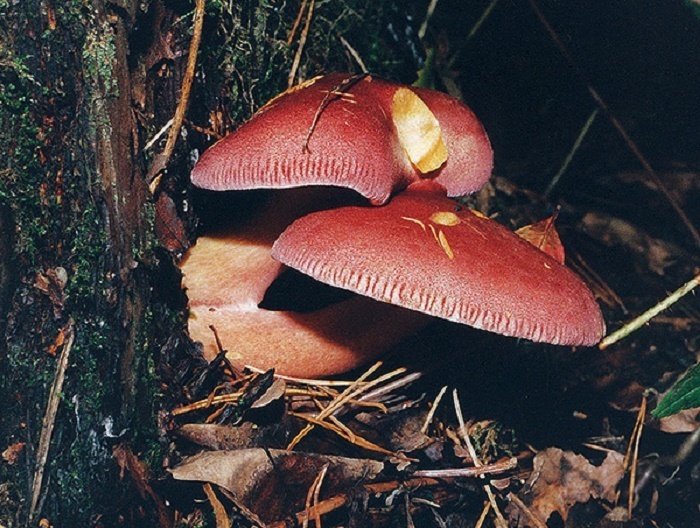 Pine pine
Pine pine - Poplar ( Tricholoma populinum)
| hat | leg | plates | Odor | Pulp | locus |
|
|
|
|
|
|
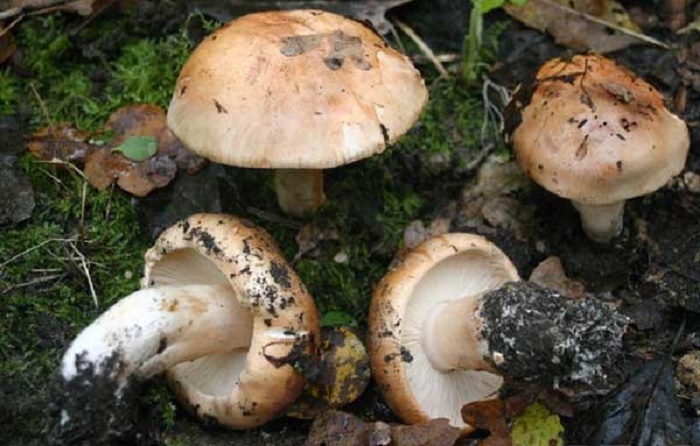 Sandstone
Sandstone Edible
- earthy ( Tricholoma terreum)
| hat | Leg | Plates | Odor | Flesh | Places of growth |
|
|
|
|
|
|
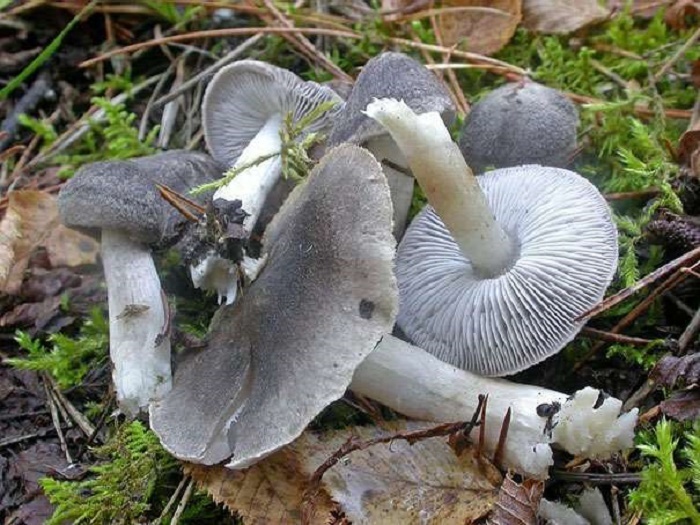 Earthy series
Earthy series - Bored ( Lyophyllum decastes)
| hat | leg | plates | Odor | Pulp | locus |
|
|
|
|
|
|
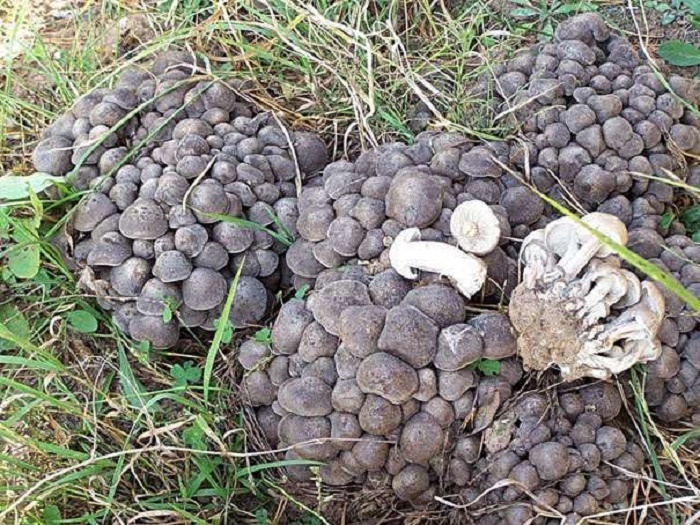 lyophyllum acervuline
lyophyllum acervuline - blewits golden ( Tricholoma auratum)
| hat | Leg | plates | Odor | Flesh | Places of growth |
|
|
|
flour |
|
|
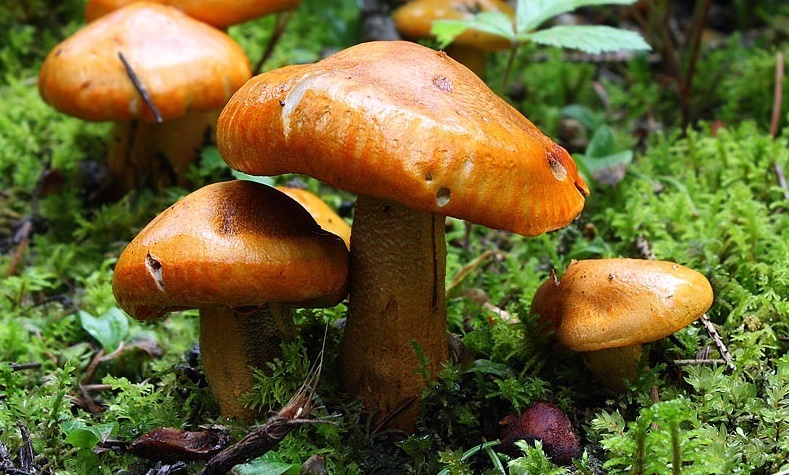 Golden
Golden - Pigeon ( Tricholoma columbetta)
| hat | Leg | plates | smell | Pulp | locus |
|
|
|
|
|
|
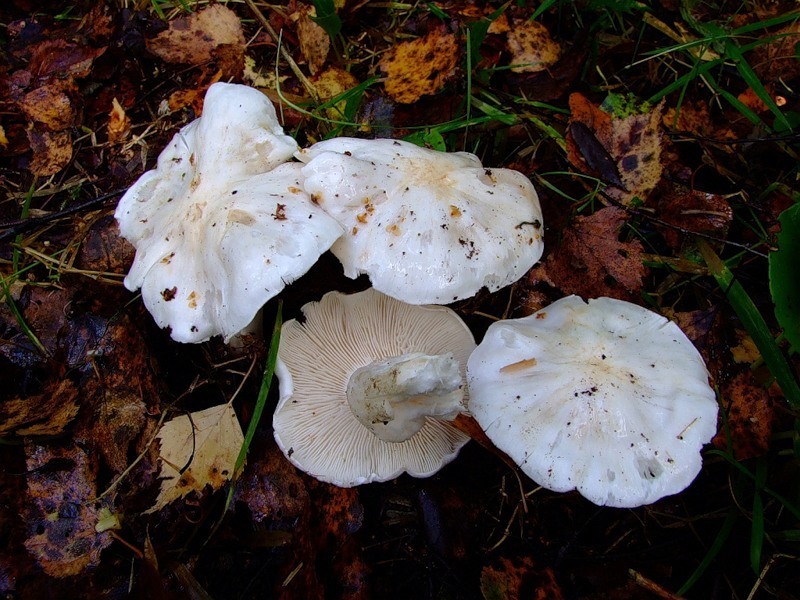 Pigeon
Pigeon - Yellow-green ( Tricholoma flavovirens Lund)
| hat | leg | plates | Odor | Pulp | locus |
|
|
|
|
|
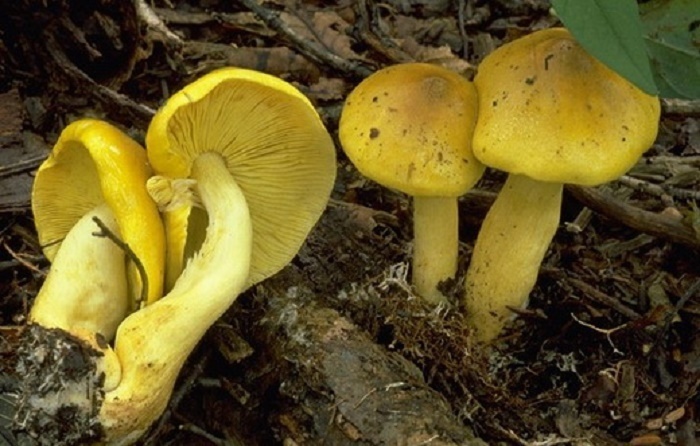 Yellow-green
Yellow-green - Spotted ( Tricholoma matsutake)
| Wasp | Feet | Plates | Odor | Flesh | Growth locations |
|
|
|
|
|
|
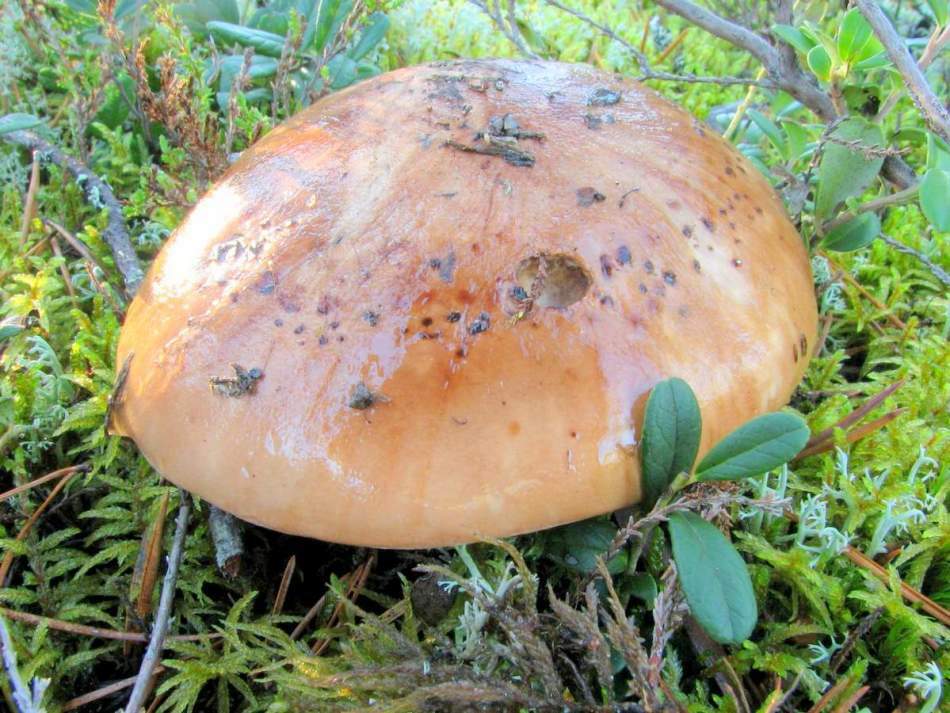 Matsoutake
Matsoutake Toxic
- Tiger ( Tricholoma pardinum) is a rare toxic and toxic species that is easily confused with Tricholoma terreum. Unlike leopard, it does not have a floury flavor and aroma, and its plates are white or mouse.
| Hole | Hole | Hole | Hole | Holes | Smell | Flesh | Habitats |
|
|
|
|
|
|
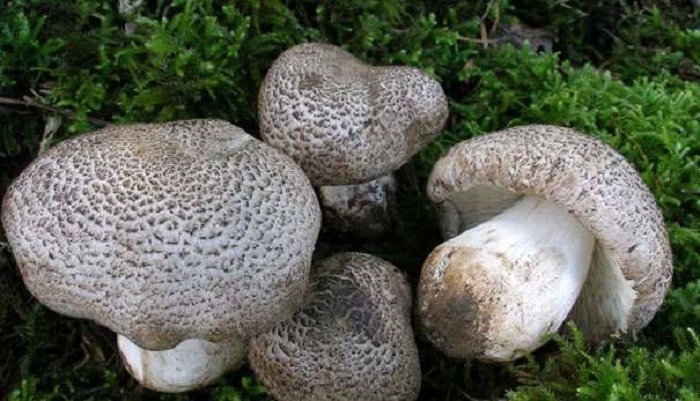 Leopard
Leopard - Sulfur yellow ( Tricholoma sulphureum) - slightly toxic, low toxicity. Causes mild poisoning.
| Hole | Hole | Holes | Smell | Flesh | Growth spots |
|
|
|
|
|
|
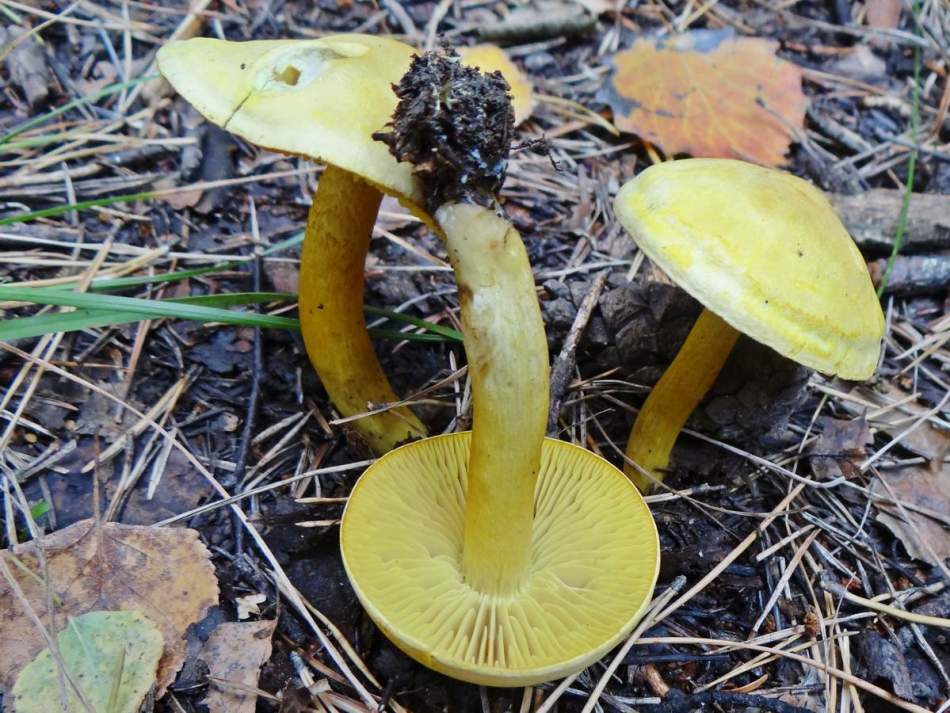 Sulphurous
Sulphurous - Mouse ( Tricholoma virgatum) - little toxic.
| Hat | Leg | Panels | Smell | Flesh | Growth spots |
|
|
|
|
|
|
 Pointed
Pointed Inedible
- soap ( Tricholoma saponaceum, Agaricus saponaceus)
easily confused with edible species:
- Bura .They are similar in appearance and color. They differ in flavor: the original has the smell of mushrooms, grebes - natural soap. In addition, brown individuals have distinctive smoky spots on the top.
- with the Shaded .Differences are difficult to determine.
- Isolated , strewn with pronounced brown, streaks, which are absent in the species under consideration.
| Hat | Feet | Plates | Smell | Flesh | Places |
|
|
|
|
|
|
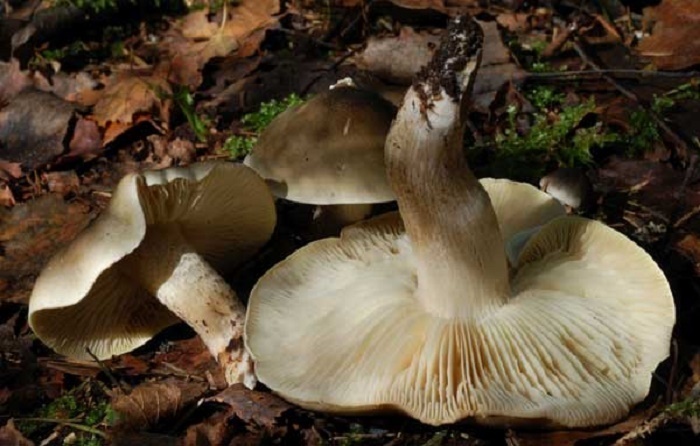 Soap
Soap - Brown
| hat | Leg | plates | smell | Pulp | locus |
|
|
|
|
|
|
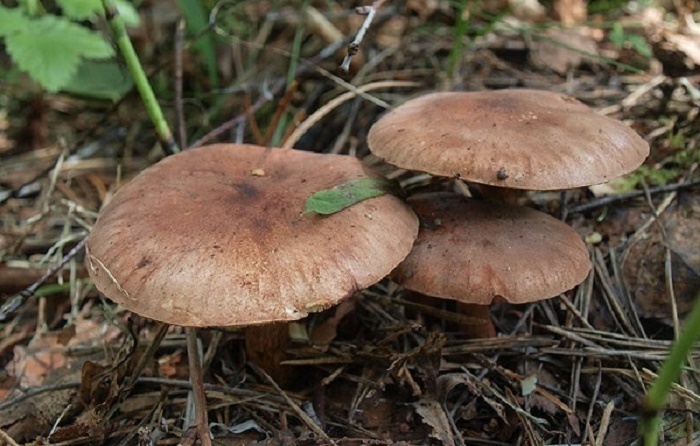 Slastushka
Slastushka Poisonous mushrooms blewits:white
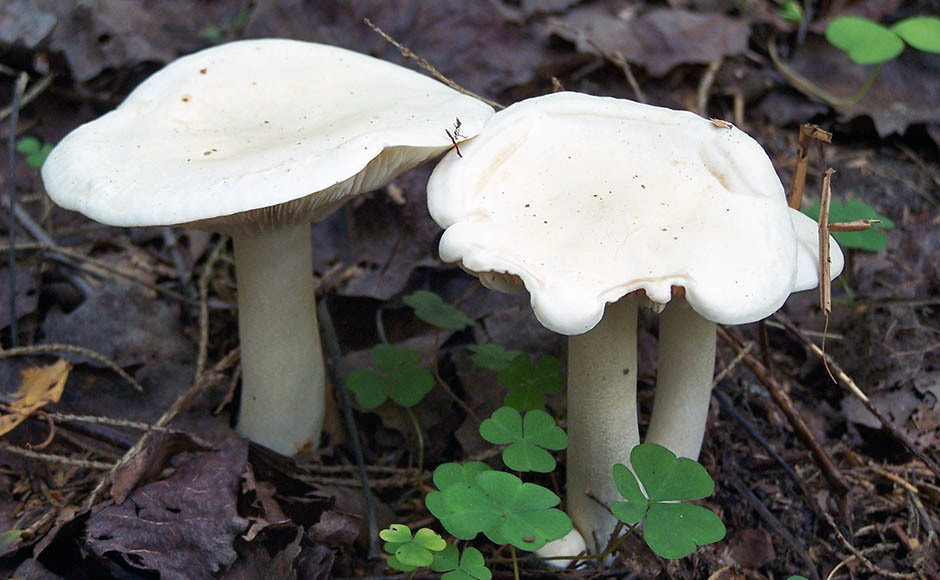
White rowing ( Tricholoma album)
- Growing up to 8 cm in height
- The cap grows as it grows from the bulbous to the outstretched, with a thick corrugated edge. Has a white or milky color
- Gleb fibrous, with a break, the white color immediately turns pink
- The leg is long, closer to the base thickened, dense, white
- The plates are wide, sinuous and frequent
- Grows among the deciduous trees, mainly in birches
- No edible twins found. Sometimes confused with champignons
- To distinguish from edible ryadovok it is possible due to the inherent sharp aroma of radish, the acid taste and snow-white color of the whole fungus
. Microbiologists refer this row to slightly toxic species.
Gray and gray edible and poisonous row: how to distinguish?
The gray series ( Tricholoma portentosum) is an edible species.
Fleshy:
- Fleshy
- Diameter 4-12 cm
- At first rounded, and eventually gets flat and uneven, with flattened tubercle in the middle
- Smooth skin of old mushrooms burst
- Color mouse or dark gray, occasionally with a greenish or lilac coating
Leg:
- Smooth
- Height from 4 to 15 cm
- Wide base
- Under the head is covered with a powdery coating, as it grows into a hollow
- Color - white with a greyish-yellow hue
Plates:
- Wide
- Rare
- First white, gradually yellow or gray
Flesh:
- Yellowing on the cut
- Has a characteristic, slightly pronounced, mealy taste and a slight aroma.
Grows:
- In the pine forests throughout the temperate zone, from September to November
Very similar to serus:
- Pointed( poisonous). Differs from a gray thinner hat with a prominent convex cone in the middle of the
- Tricholoma( inedible soap). In contrast to edible, its bonnet is not colored in brown radially divergent fabrics. The sharp smell of soap inedible ryadovki, also does not allow to confuse it with that which can be used for food.
Video: Double fungus or false. How to recognize the gray guys, males?
Despite the fact that excellent winter preparations and other delicious dishes are obtained from the row, not all mushroom pickers collect them for processing.
The main reason for this are two negative factors:
- A large assortment of edible and inedible ryadovok requires special vigilance in the collection. Since there is a risk of poisoning if there is an error.
- Collect them only in environmentally non-polluted places - these fungi are able to quickly absorb harmful substances. In our time to find such a place is a big problem.
